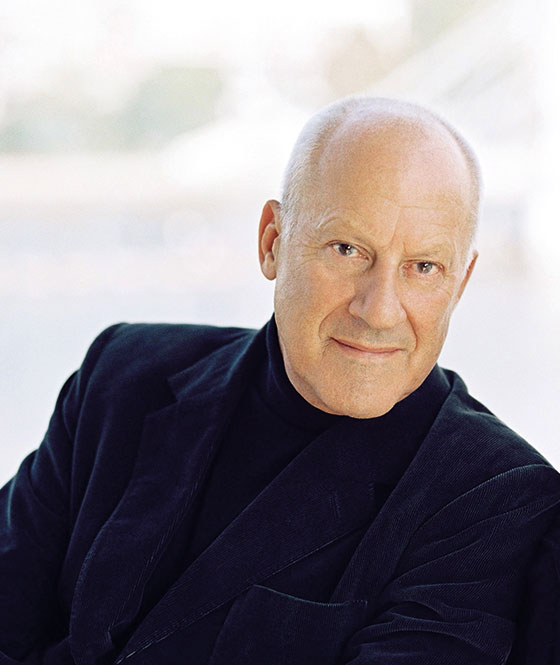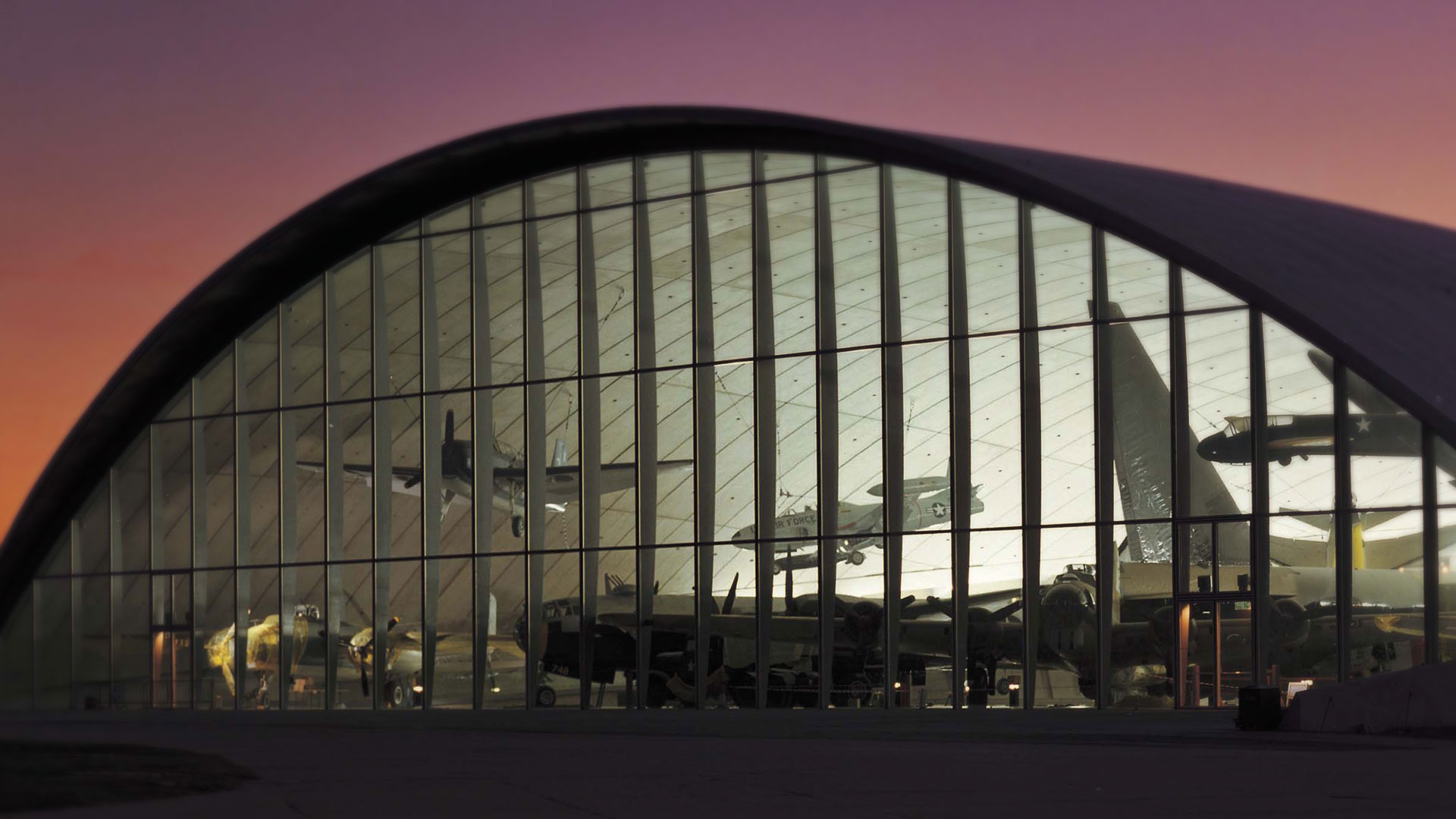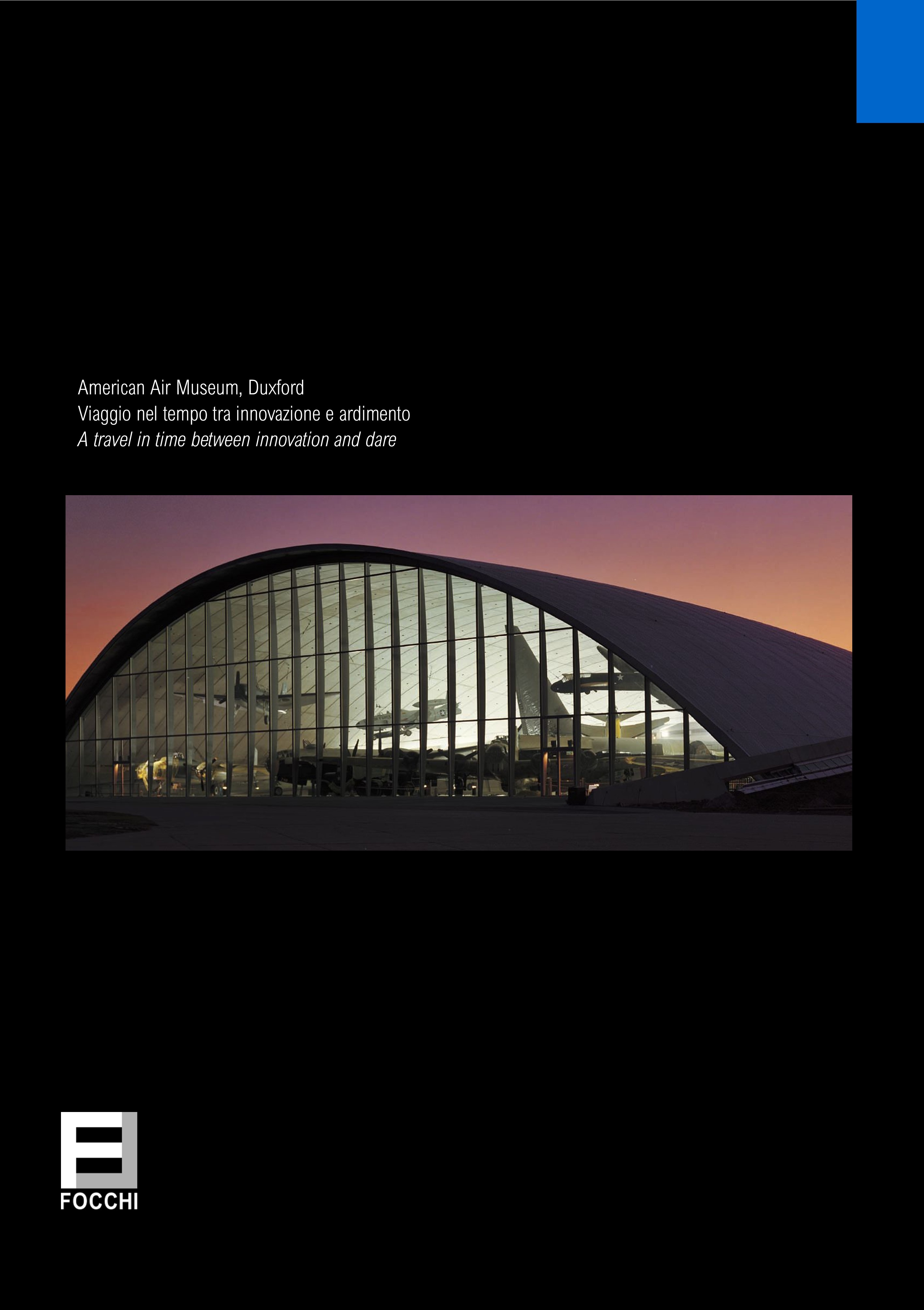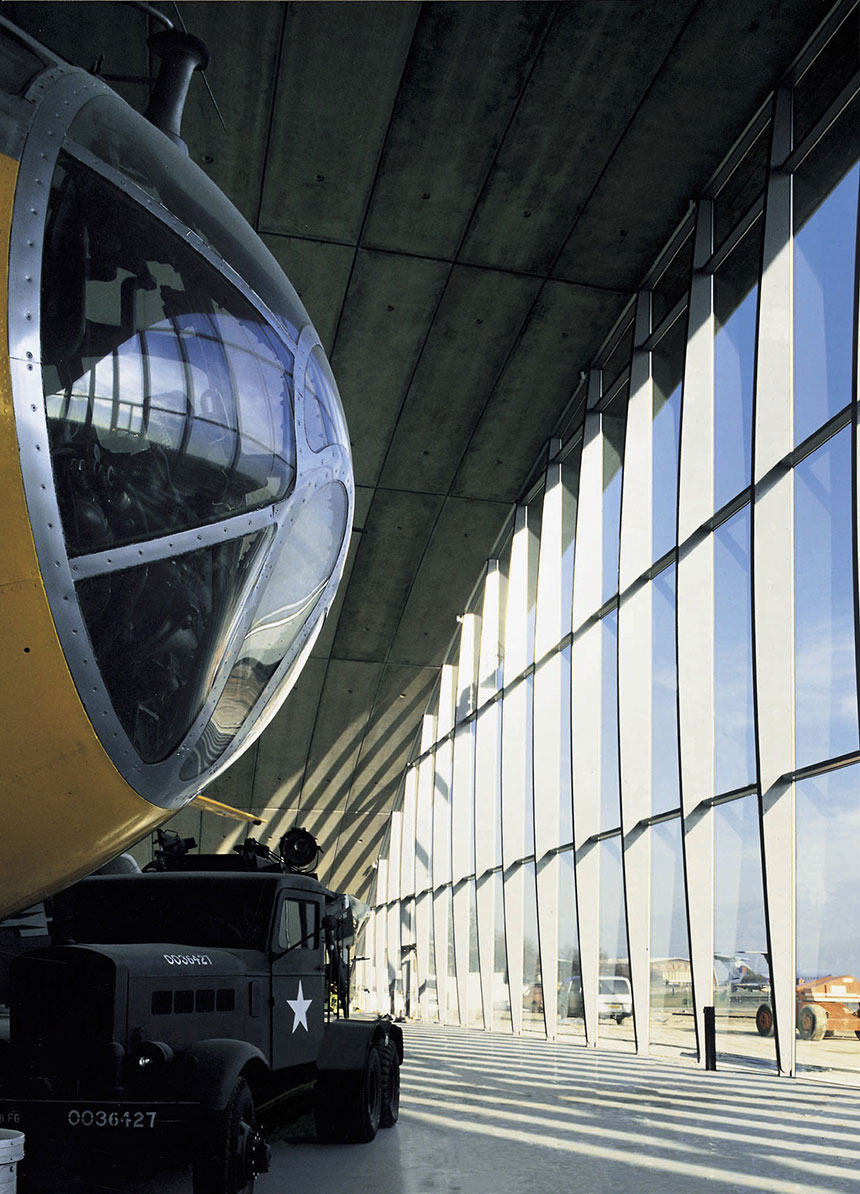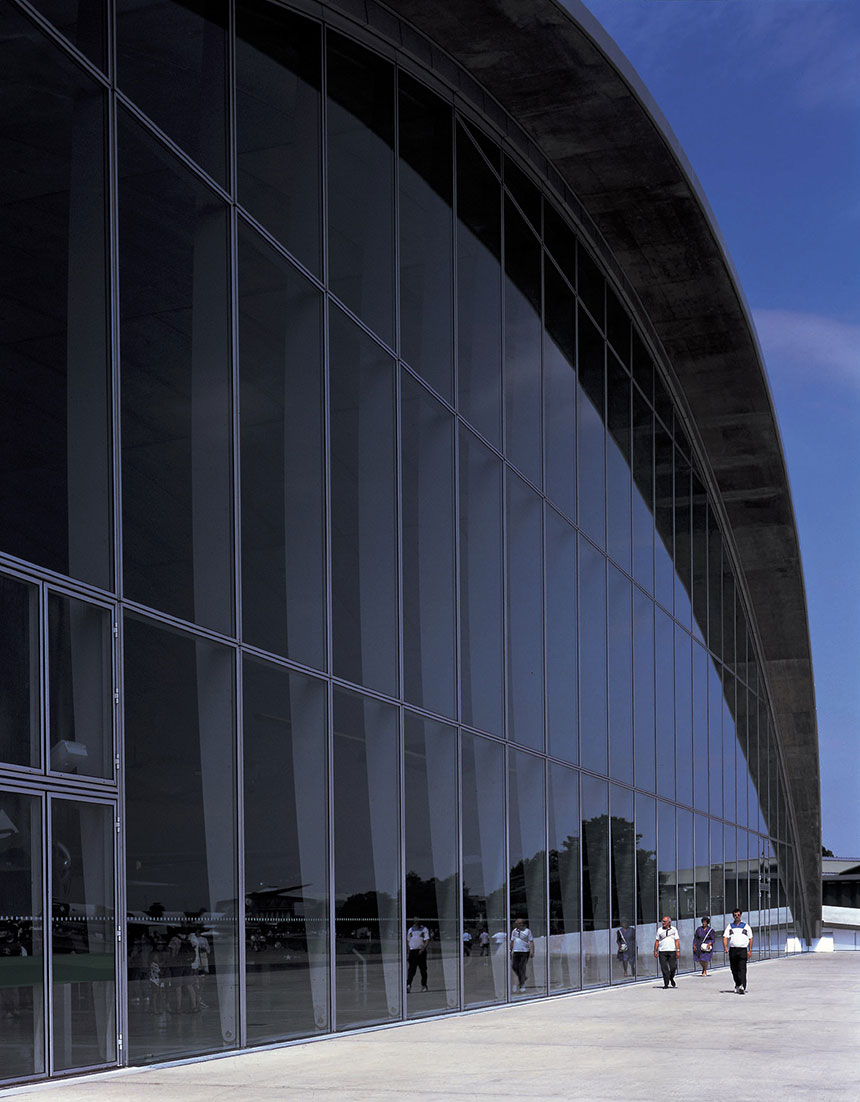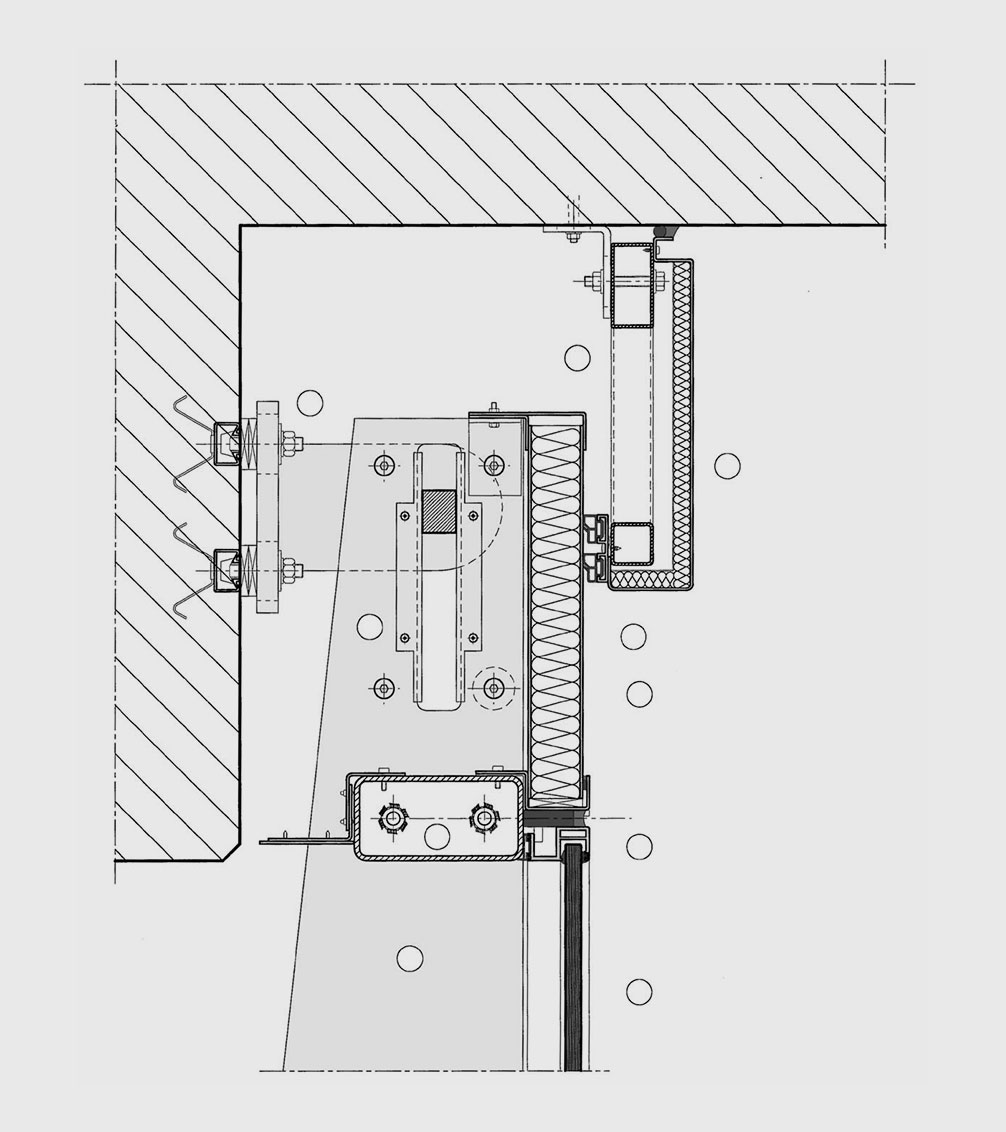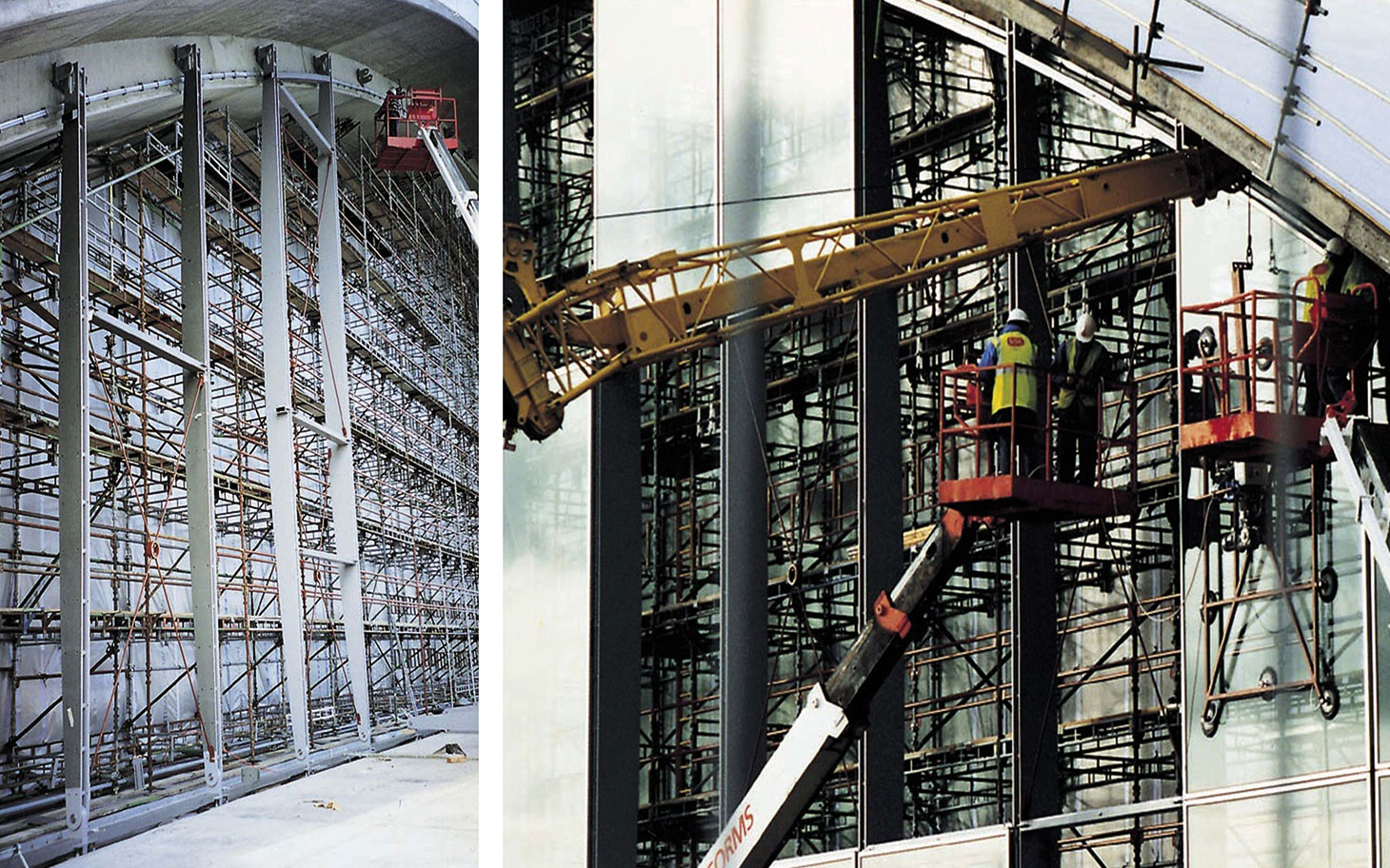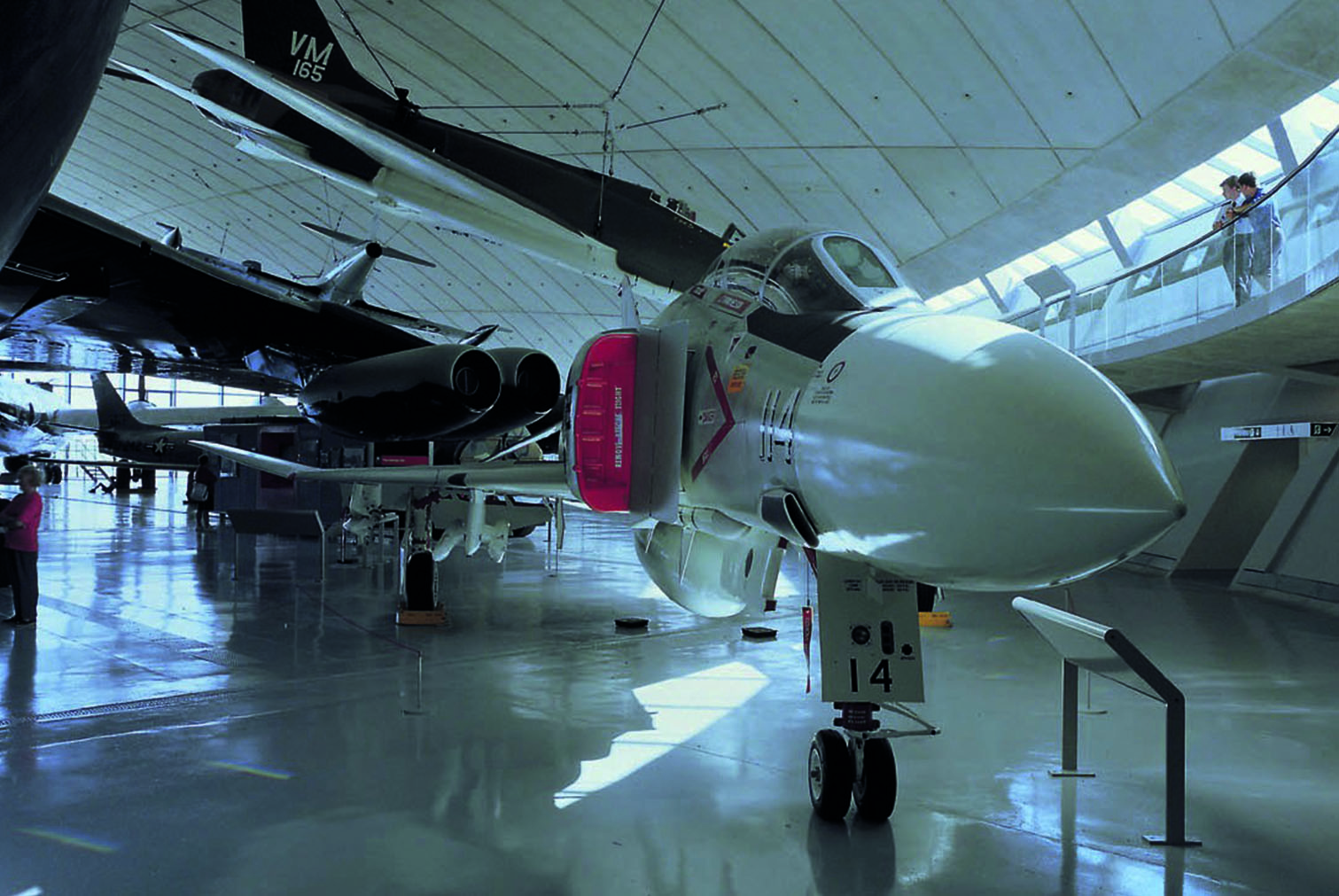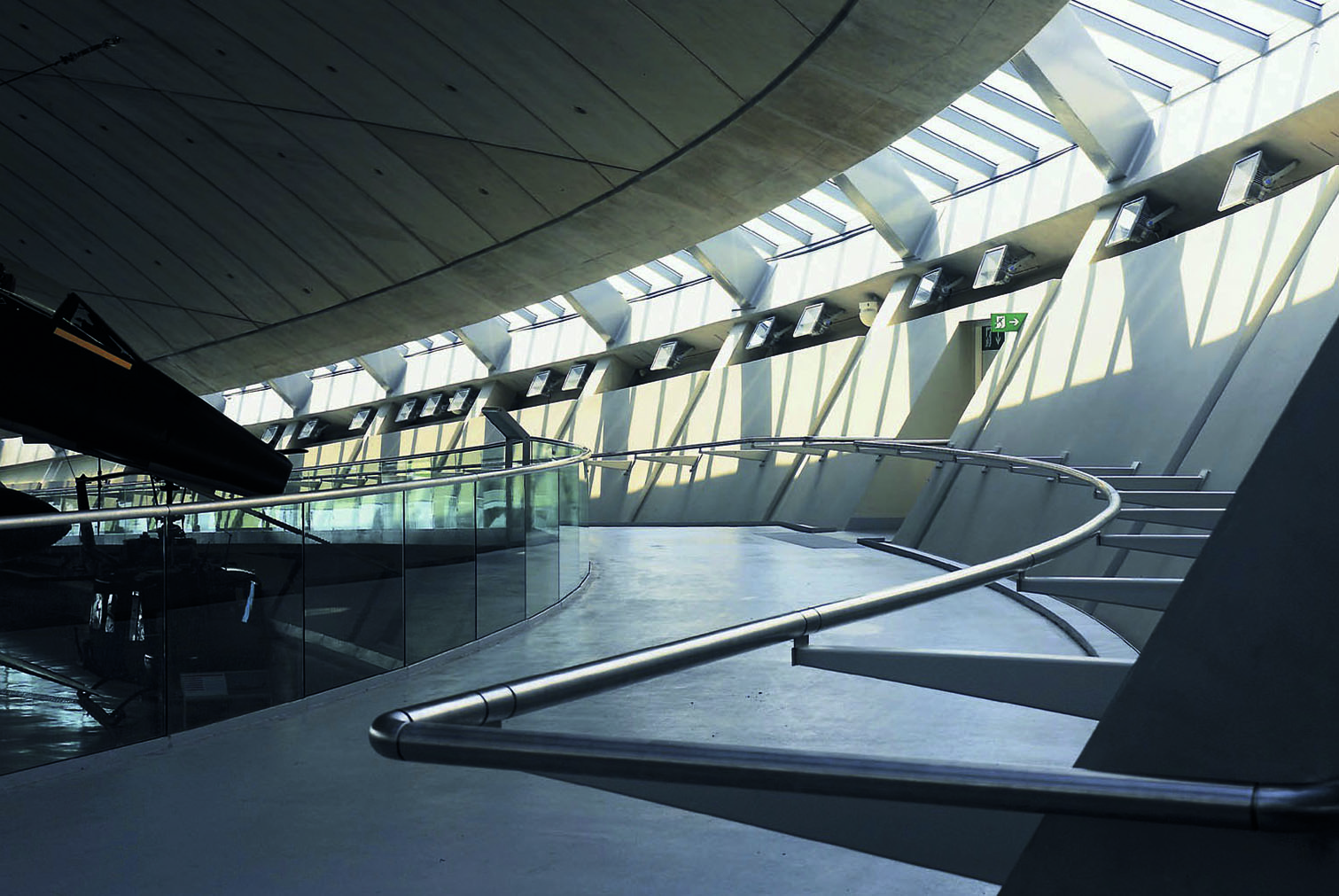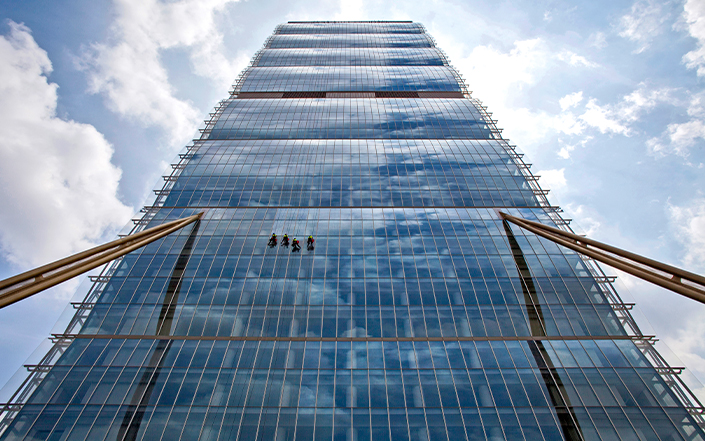Norman Foster was born in Manchester, England in 1935. After graduating from Manchester university school of architecture and city planning in 1961, which he entered at age 21, he won a fellowship to Yale University where he gained a masters degree in architecture and where he got to know Richard Rogers. They became very close friends and in 1963 he worked with him and Sue Rogers, Gorgie Wolton and his wife, Wendy Foster, as a member of 'team 4' until foster associates was found in 1967 (now known as foster and partners).Since its inception the practice has received more than 190 awards and citations for excellence and has won over 50 national and international competitions. 1968 - 1983 cooperation with Buckminster Fuller on a number of projects. Foster was awarded the RIBA royal gold medal in 1983, and in 1990 the RIBA trustees medal was made for the Willis Faber Dumas building. He was knighted in 1990, and received the gold medal of the AIA in 1994. He was appointed officer of the order of the arts and letters by the ministry of culture in France in 1994. In 1999 Sir Norman Foster has been honoured with a life peerage, taking the title Lord Foster Of Thames Bank, and in the same year he was awarded the prestigious 21st Pritzker architecture prize. His remarkable buildings and urban projects have transformed cityscapes, renewed transportation systems and restored city centres all over the world. many of these aesthetically and technologically groundbreaking projects are based on ecology - conscious concepts, setting new standards for the interaction of buildings with their environment.


